St. Patrick’s Day
Was he a real person, what does it really mean?

March – It’s that month again where you see the colors of green everywhere. Green delights of food like corned beef and cabbage, balloons, clovers for good luck and leprechauns.

All of this green is for a day we’ve come to know as St. Patrick’s Day, observed annually on March 17. It is often established as a time to wear the color green, drink and enjoy festivals, but what does the day really mean?

We’ll be taking a closer look at the origins of St. Patrick’s Day and surprising facts you may not have known behind this day.

Was St. Patrick a real person?
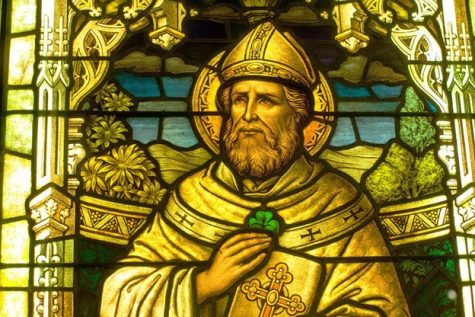
Yes, St. Patrick was a real person and the day was first celebrated in the 17th century on March 17 in observation of his death, which occurred in the fifth century.
This means March 17 really marks the death of St. Patrick.
Who was St. Patrick?
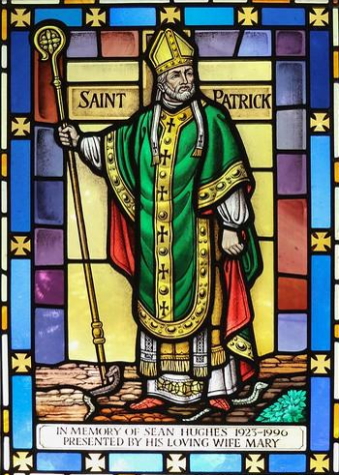
“Saint Patrick was a 5th-century Romano-British Christian missionary and Bishop in Ireland.”
The city of Paramatta research and collections website mentions and explains how he was kidnapped as a slave by Irish raiders. He spent six years working as a shepherd in Gaelic Ireland after being taken. It also states, “during this time he found God.”
The Declaration of Saint Patrick states, “God told Patrick to flee to the coast, where a ship would be waiting to take him home – after making his way home, Patrick went on to become a priest.”
St. Patrick returned to Ireland and converted the pagan Irish to Christianity.
He was credited for bringing Christianity to the people, and St. Patrick’s “efforts were eventually turned into an allegory in which he drove “snakes” out of Ireland, despite the fact that snakes were not known to inhabit the region,” the city of Paramatta research and collections website.
When was the first celebration of St. Patrick’s Day?
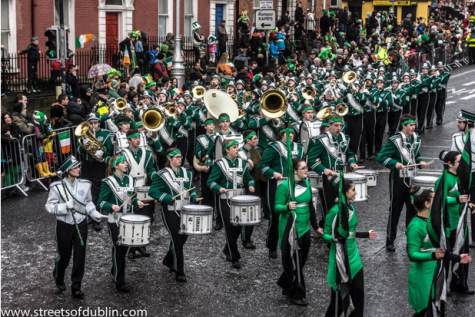
History.com states, “the first St. Patrick’s Day parade took place not in Ireland, but in America – records show that a St. Patrick’s Day parade was held on March 17, 1601.”
Why is the color green related to St. Patrick’s Day?
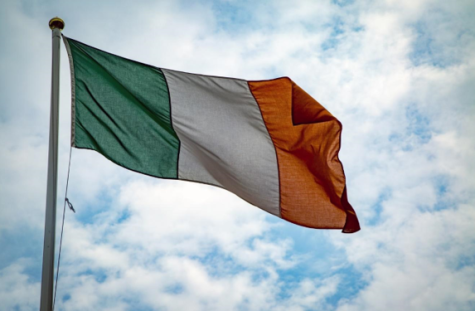
The color green can symbolize many things, but one importance of it is that the flag of Ireland is a tricolor of green, white, and orange. The color green represents Irish nationalism.
It can also represent good luck and fortune, and in folktale, wearing green makes a person invisible to leprechauns. People began pinching those who don’t wear green on St. Patrick’s Day as a reminder that leprechauns can sneak up and pinch on them as well.
How did Leprechauns become associated with St. Patrick’s Day?
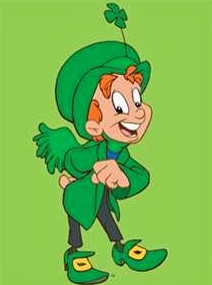
Red-haired, green clothed leprechauns have commonly become part of St. Patrick’s Day originated from Celtic fairies.
“For hundreds of years, the average Irish person held strong beliefs that fairies – or the ‘Little People’ – were everywhere,” History.com states.
Leprechauns are associated with bringing good luck and fortune, and some are associated with bringing mischief.
What about the clovers?
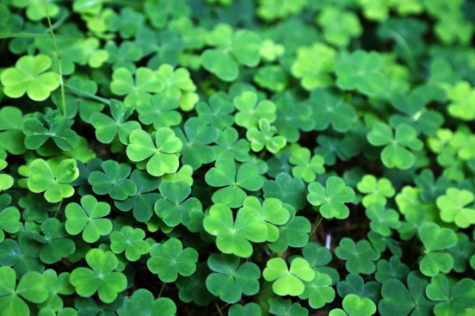
Three-leaf clovers, also known as a “shamrock,” have been associated with Ireland for centuries. “St. Patrick used the plant as a visual guide when explaining the Holy Trinity,” mentions history.com. It also represents the arrival of spring.
“By the 17th century, the shamrock had become a symbol of emerging Irish nationalism,” History.com mentions.
Corned beef and cabbage an American innovation?

Did you know that corned beef and cabbage is an American innovation for St. Patrick’s Day?
History.com says, “ham and cabbage were eaten in Ireland, corned beef offered a cheaper substitute for impoverished immigrants.” Describing how Irish-Americans that lived in Manhattan in the 19th and early 20th century purchased leftover corned beef “from ships returning from the tea trade in China”
Thereafter, corned beef and cabbage became a St. Patrick’s Day trend across the country.
Conclusion:

Over the years the celebrations and traditions have continued to grow and adapt in many ways in remembering Irish culture and St. Patrick.
Whether you have some corned beef and cabbage, wear green, find some clovers or simply enjoy the day in your own special way, I’d like to wish you a safe and Happy St. Patrick’s Day and happy day within each.

Sources:
“Confession: St. Patrick’s Confessio.” Confession | St. Patrick’s Confessio, Retrieved from https://www.confessio.ie/etexts/confessio_english#
History.com Editors. (2009, October 27). History of St. Patrick’s Day. History.com. Retrieved from https://www.history.com/topics/st-patricks-day/history-of-st-patricks-day
History.com Editors. (2020, March 16). 7 surprising facts about St. Patrick’s day. History.com. Retrieved from https://www.history.com/news/st-patricks-day-facts
“Saint Patrick’s Day – 17 March.” Saint Patrick’s Day – 17 March | Parramatta History and Heritage, Retrieved from https://historyandheritage.cityofparramatta.nsw.gov.au/people/saint-patricks-day-17-march.
Direct Links:
https://historyandheritage.cityofparramatta.nsw.gov.au/people/saint-patricks-day-17-march
https://www.confessio.ie/etexts/confessio_english#
https://www.history.com/topics/st-patricks-day/history-of-st-patricks-day

Hi there! I’m Ashley L.
I call myself a ~ Positively Creative Dreamer ~ because I love being creative in all forms with hopes to inspire and bring...


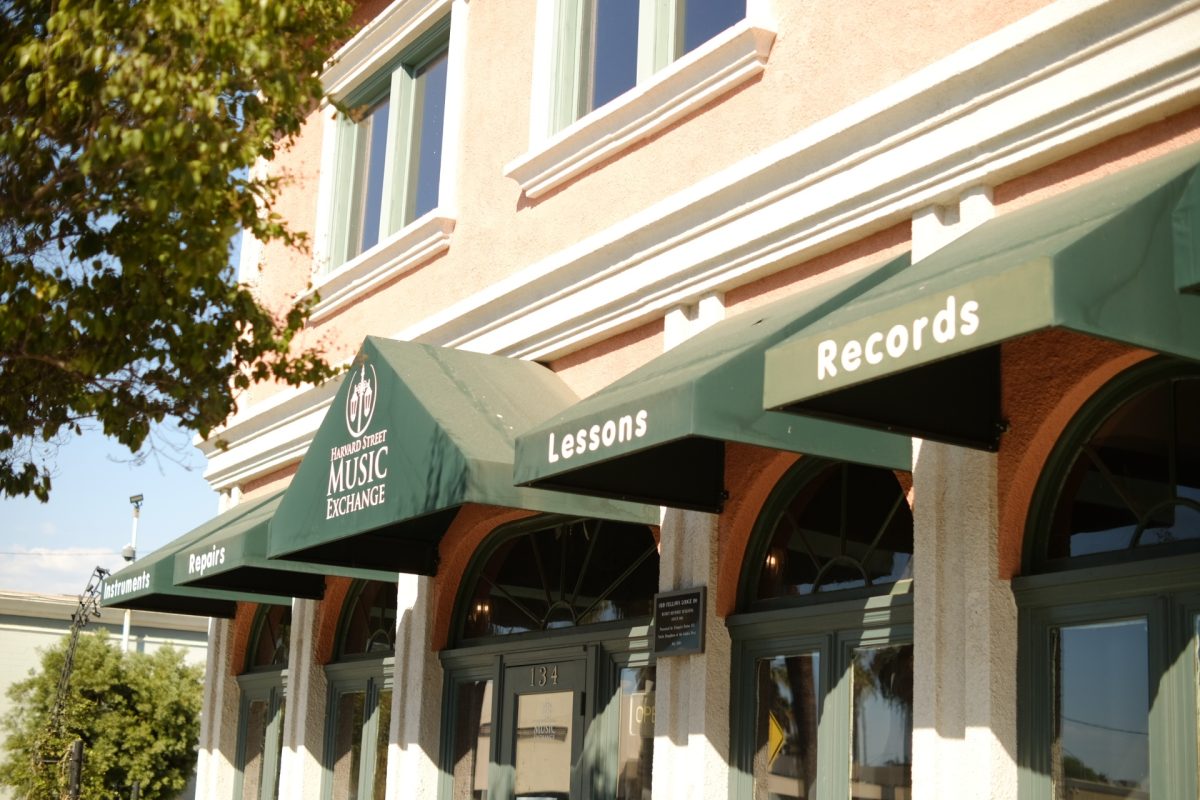
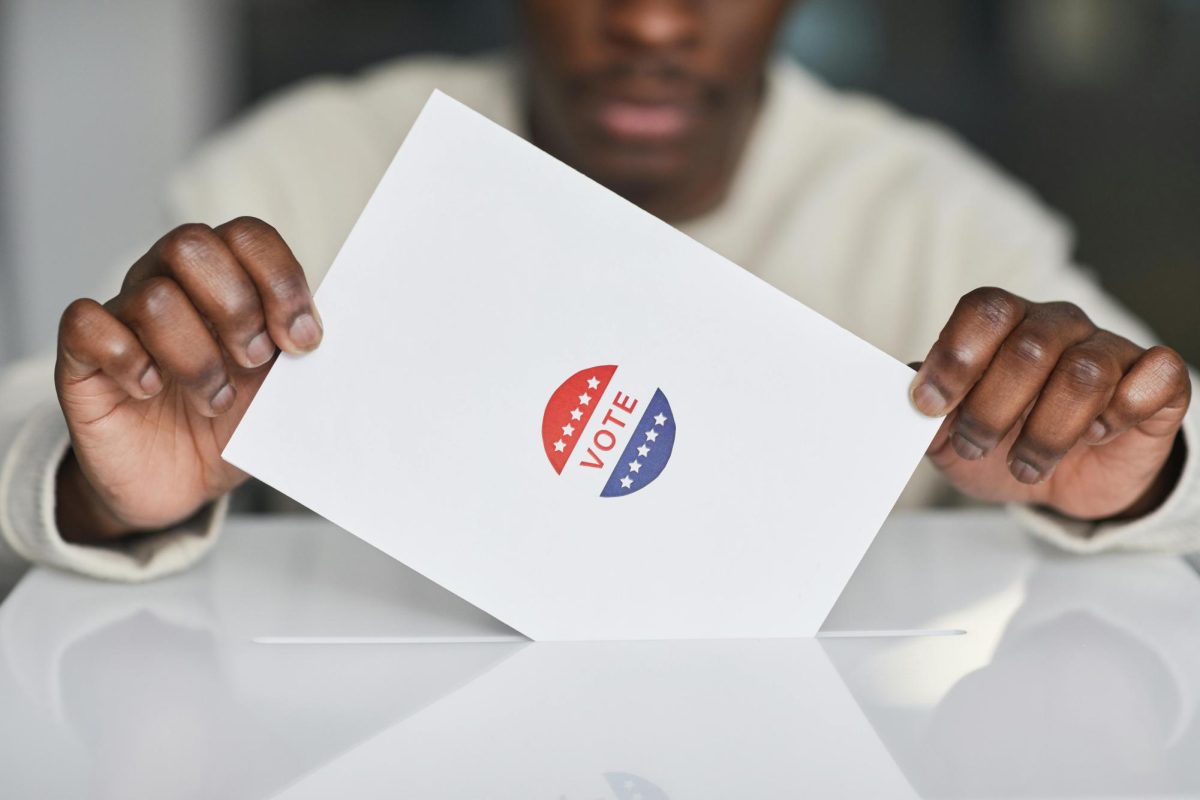



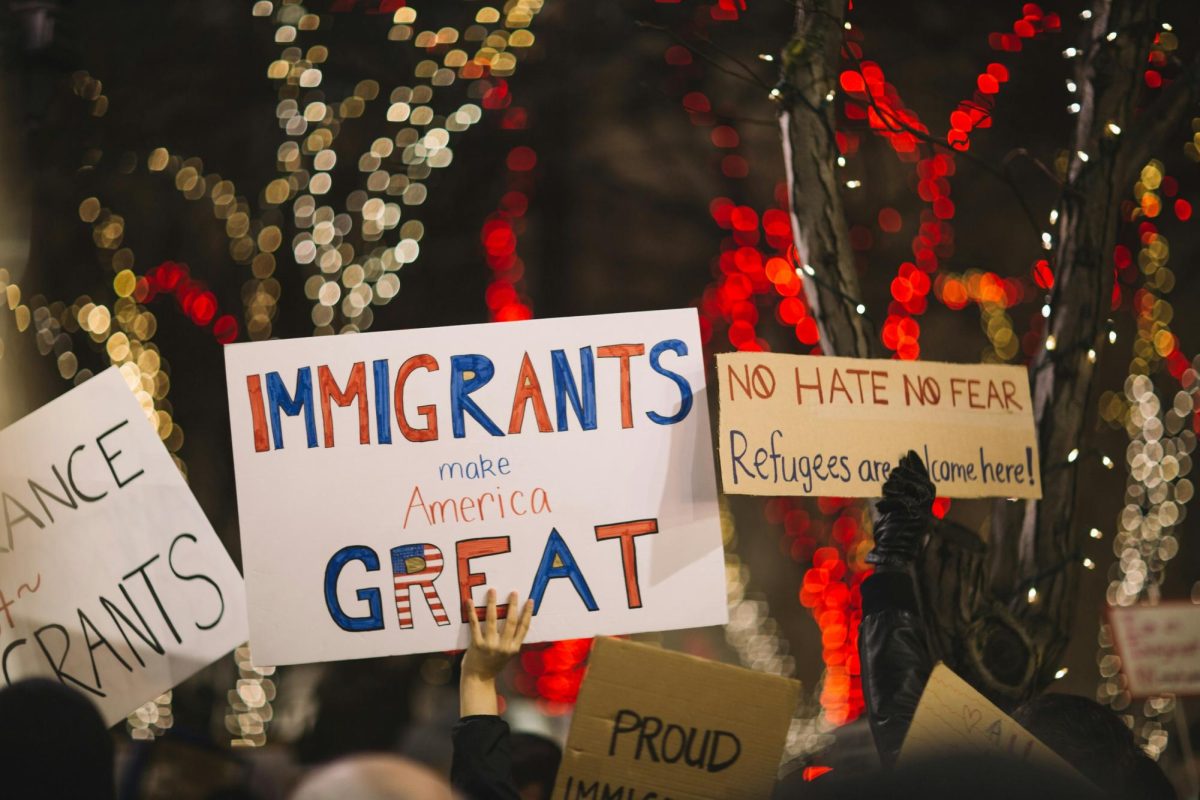


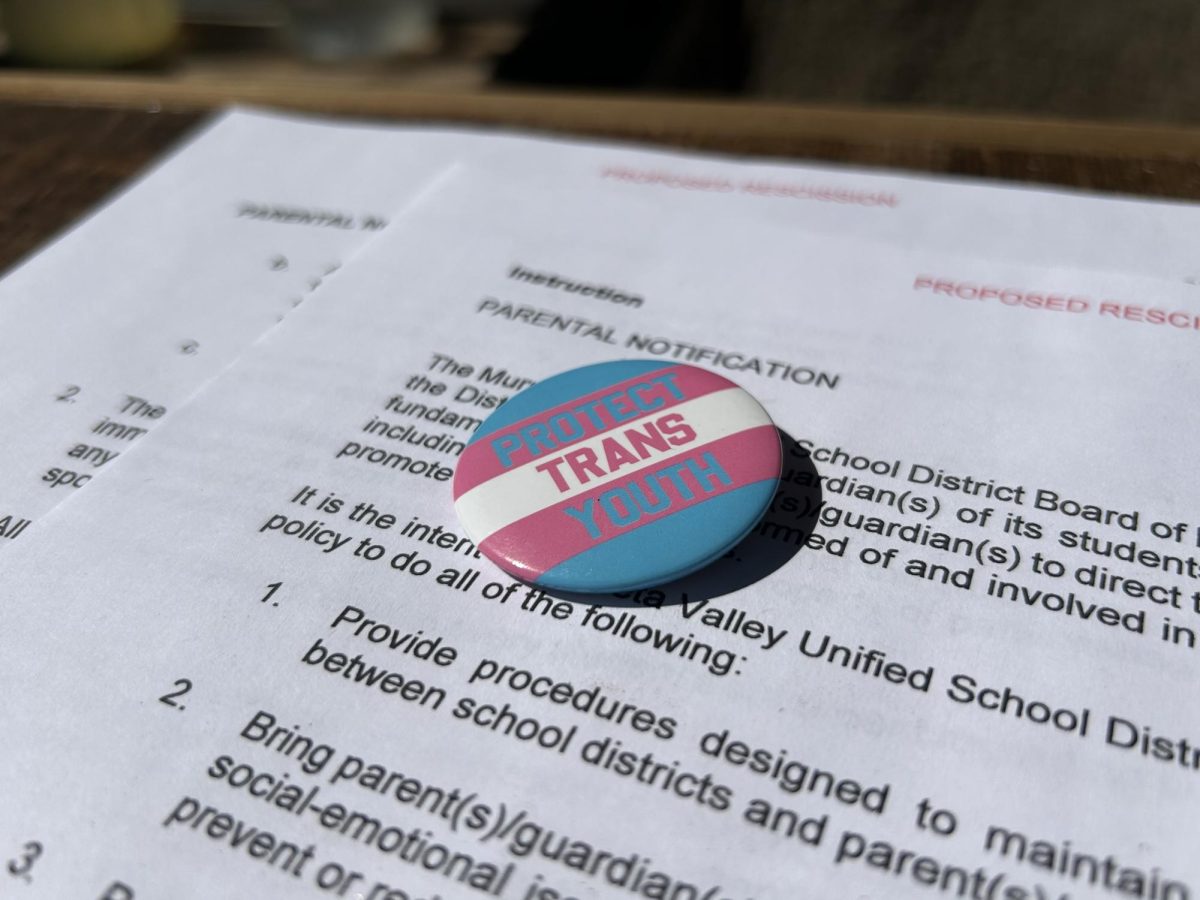
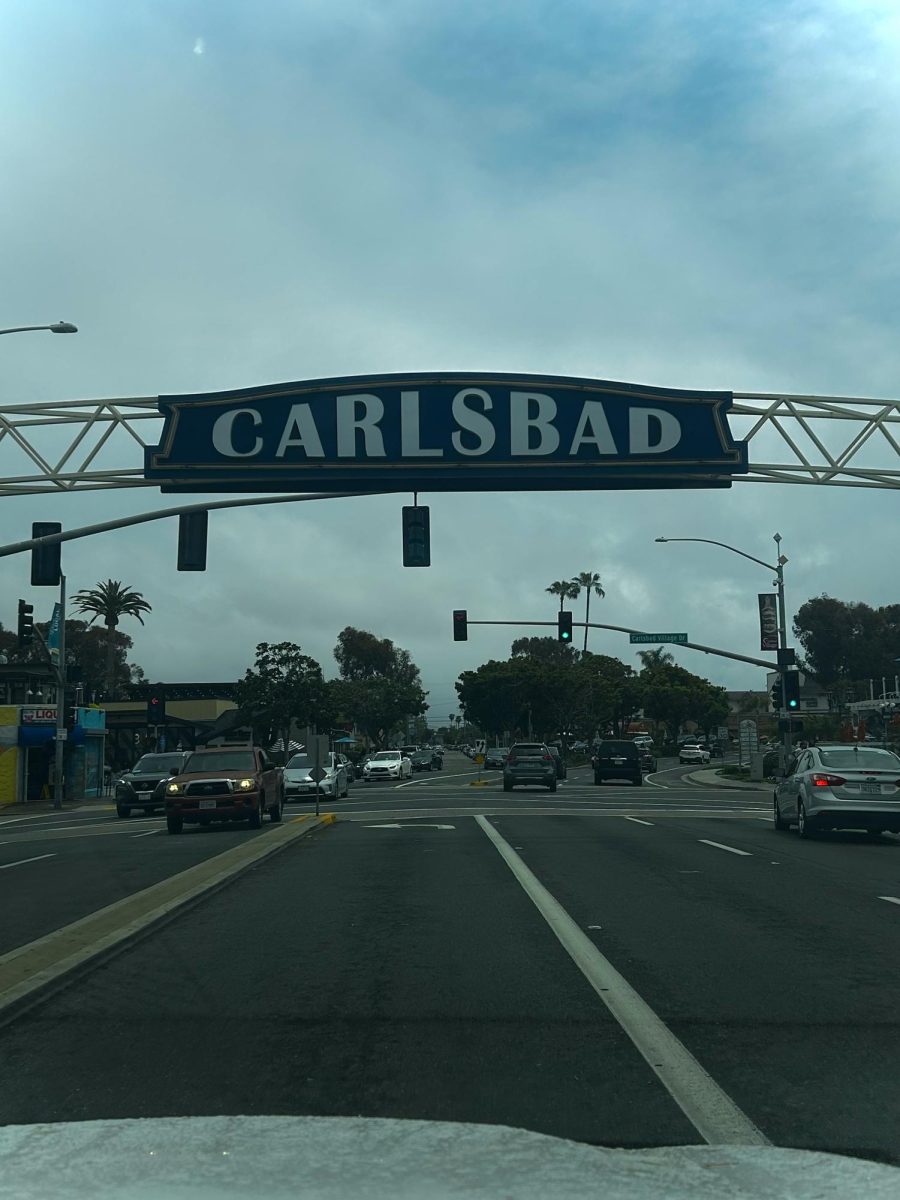

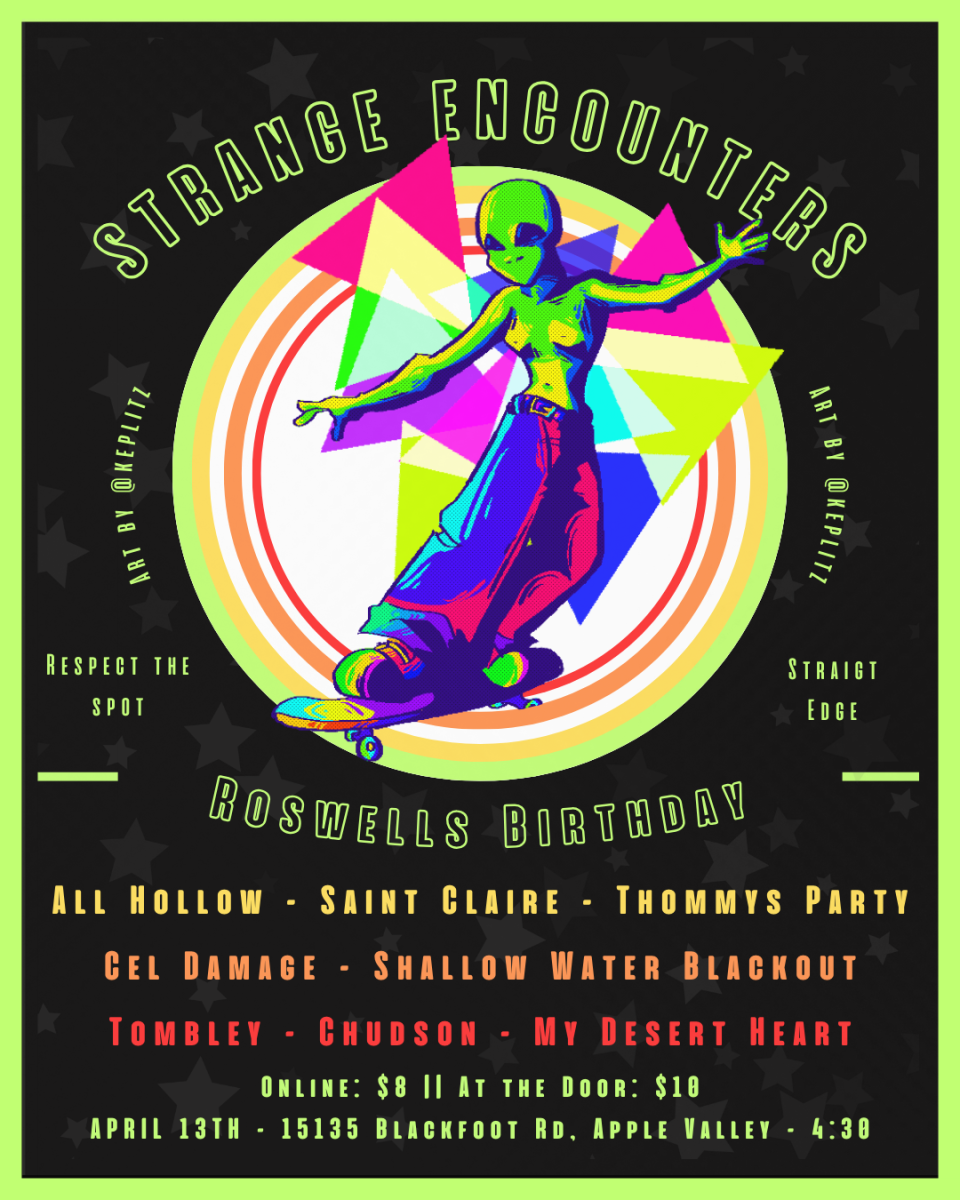









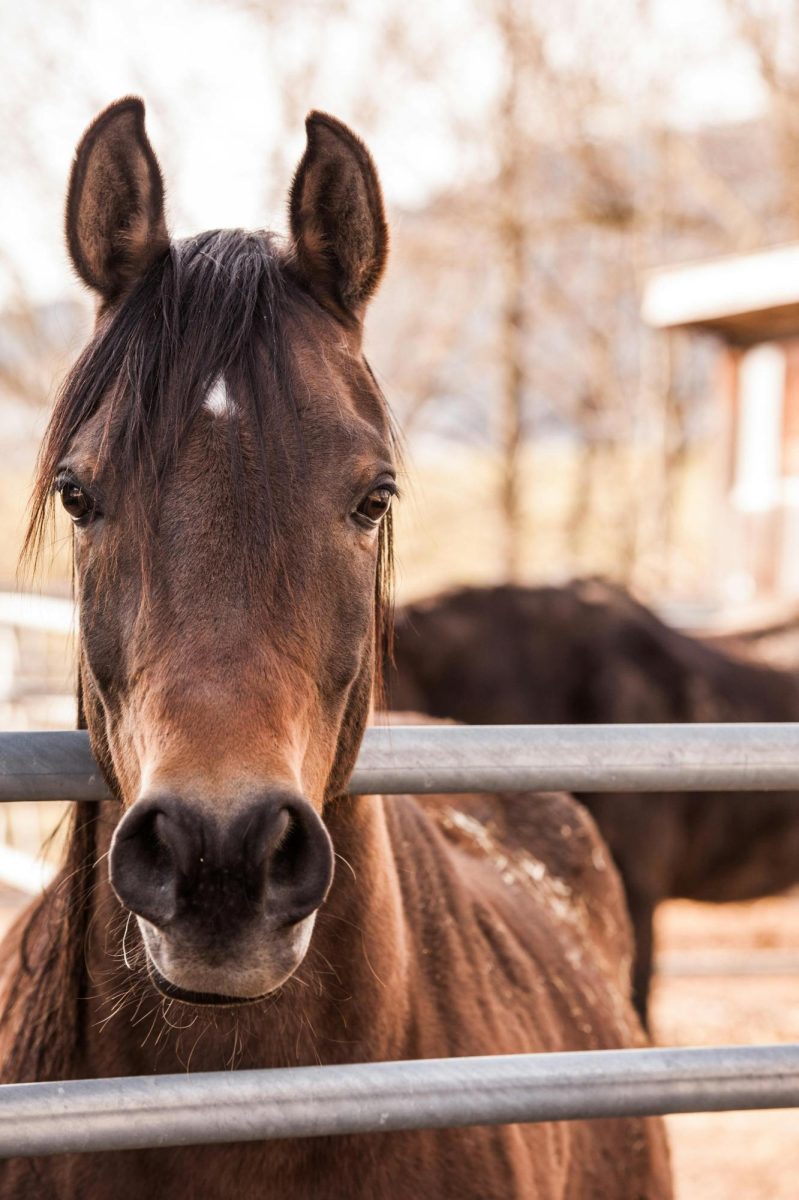

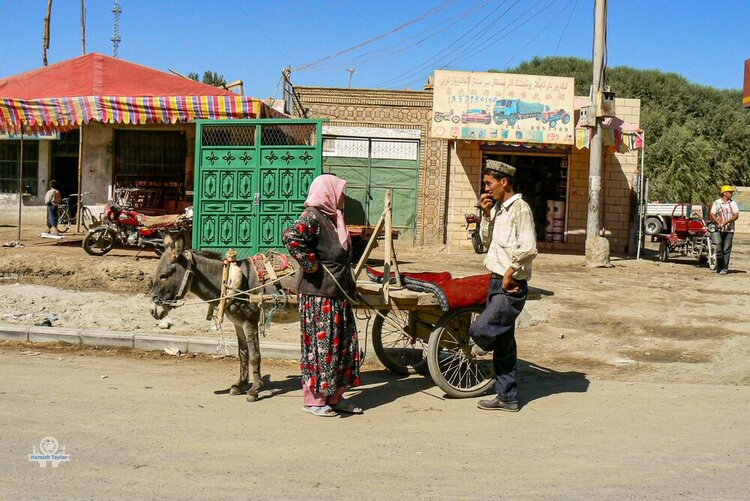



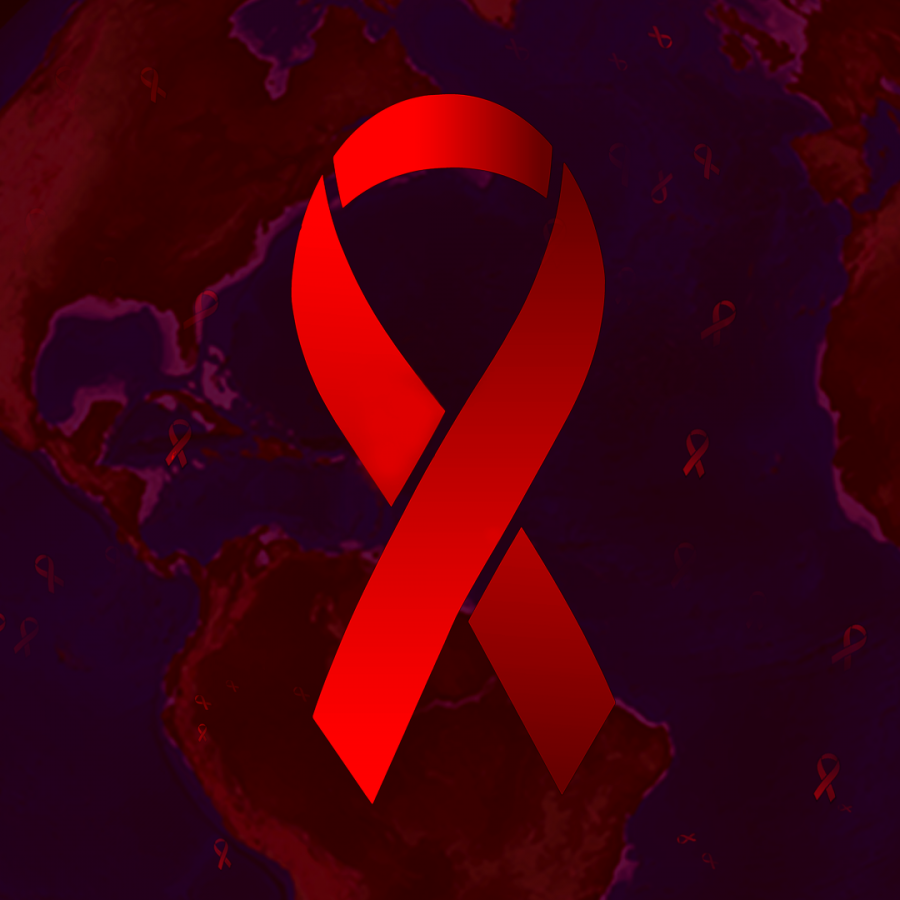




















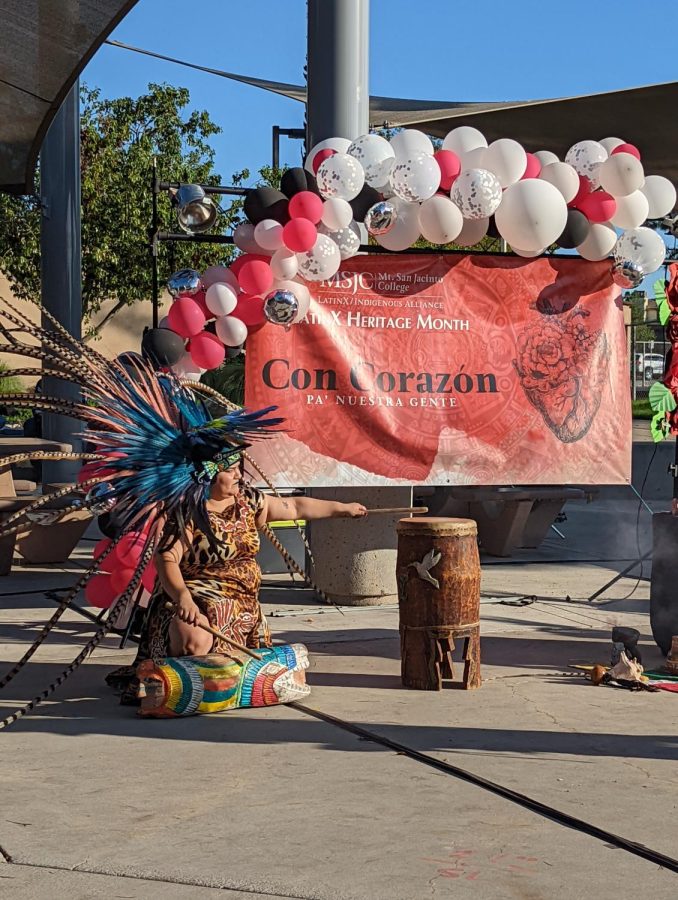
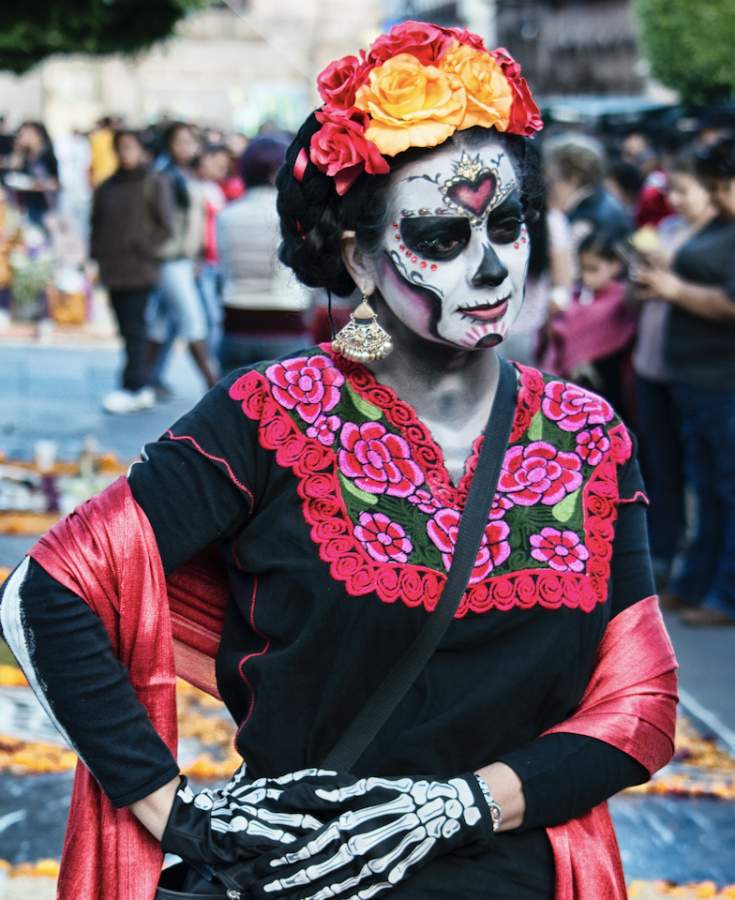
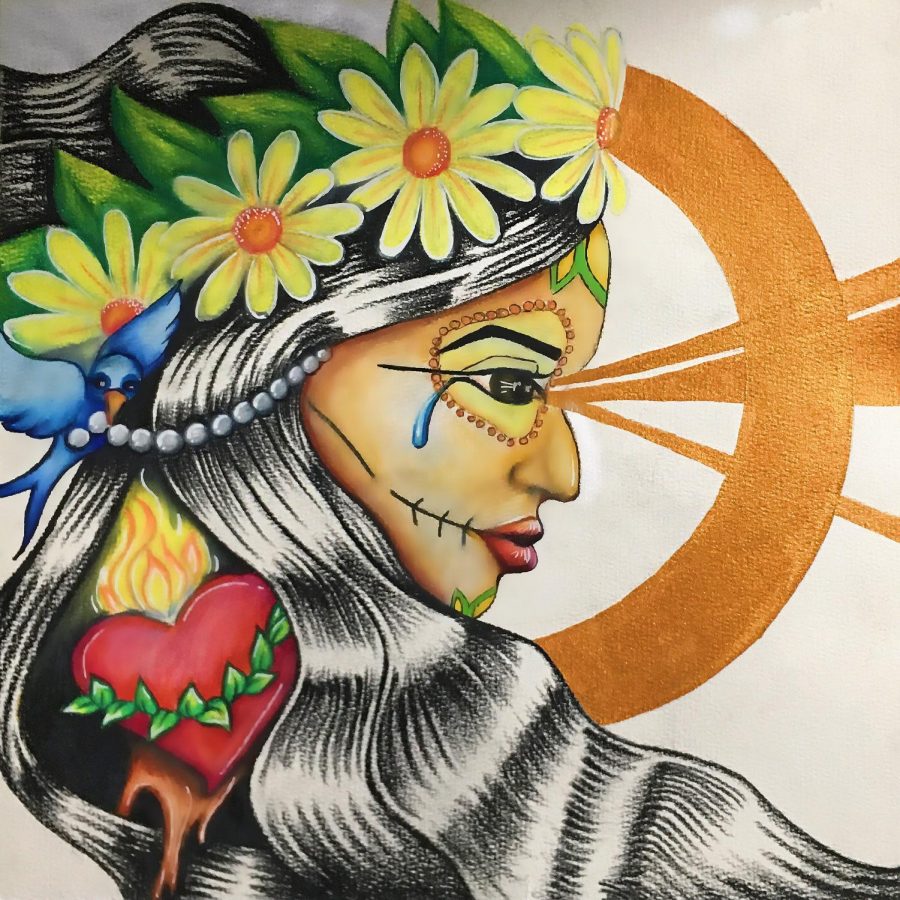



















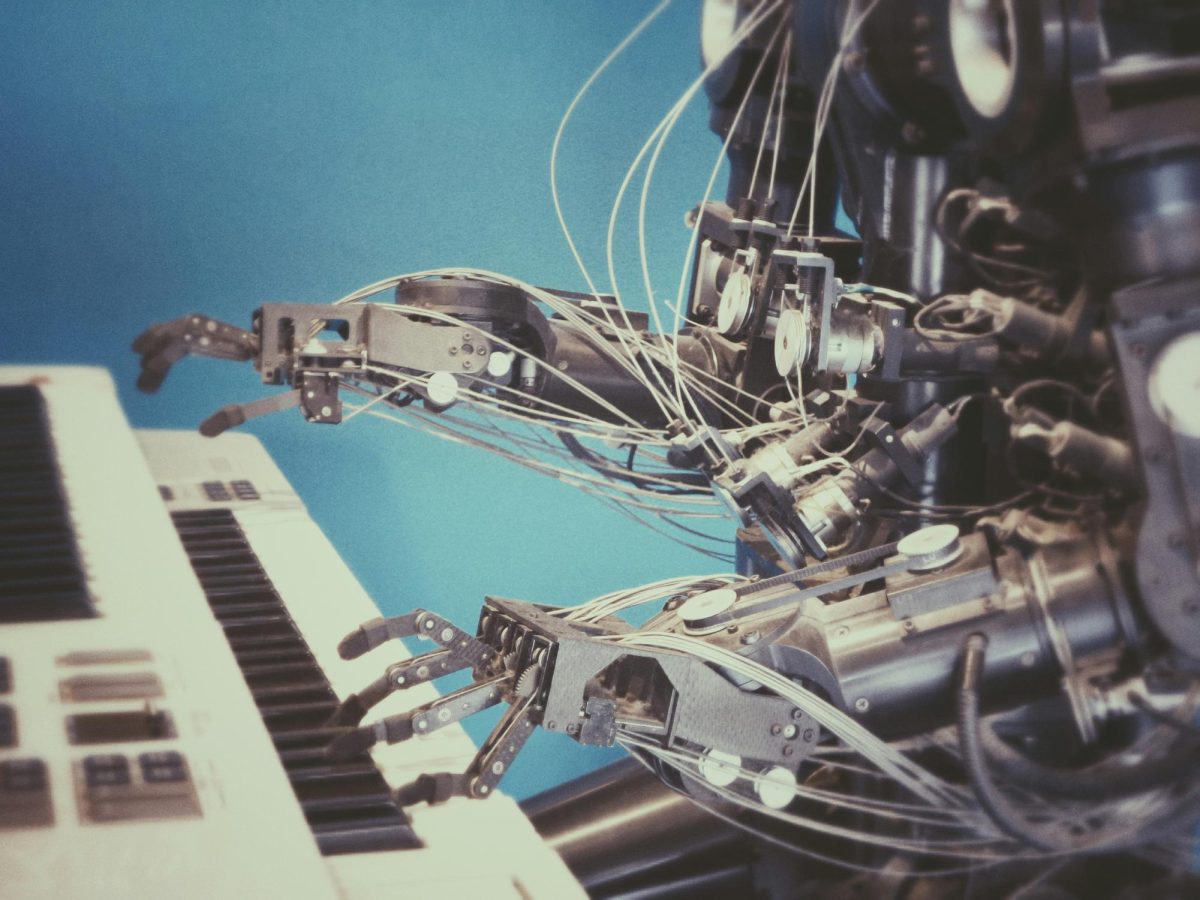


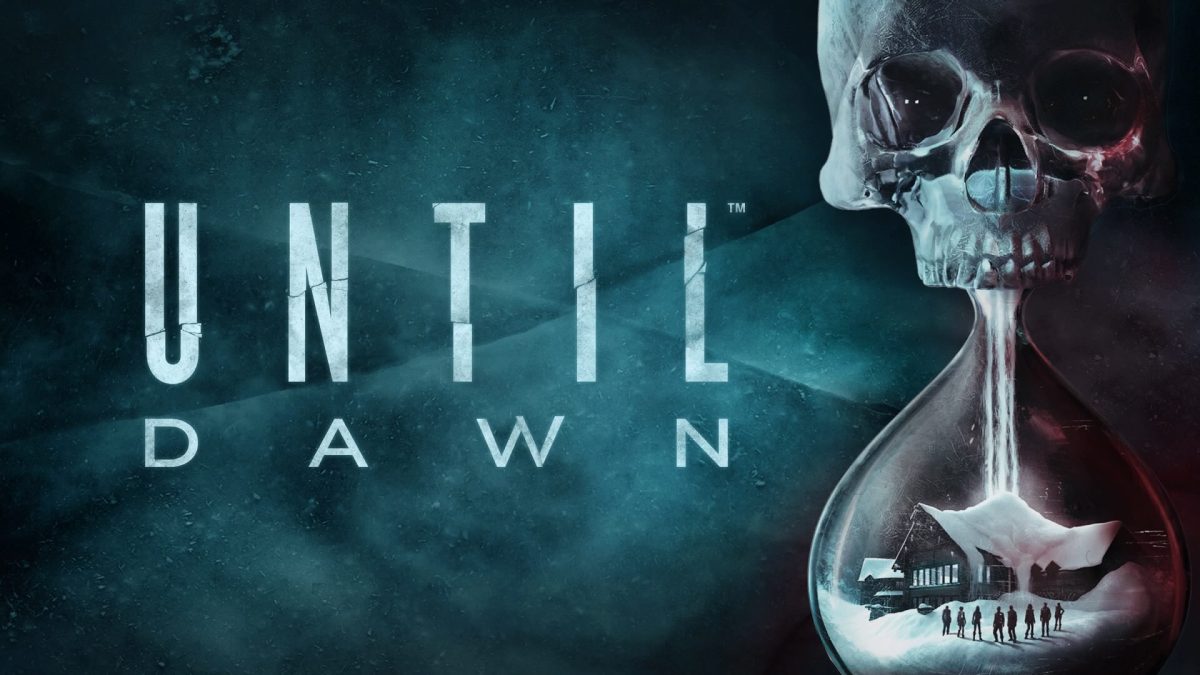


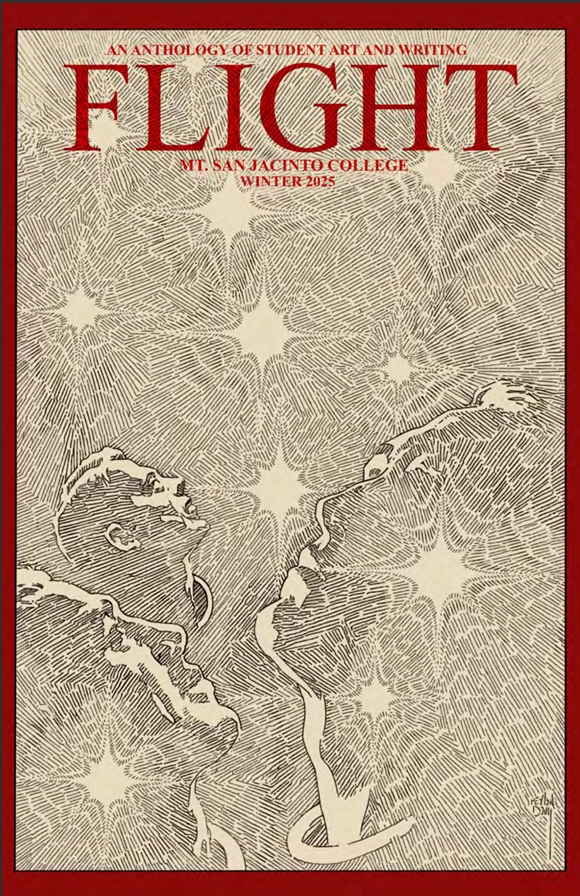
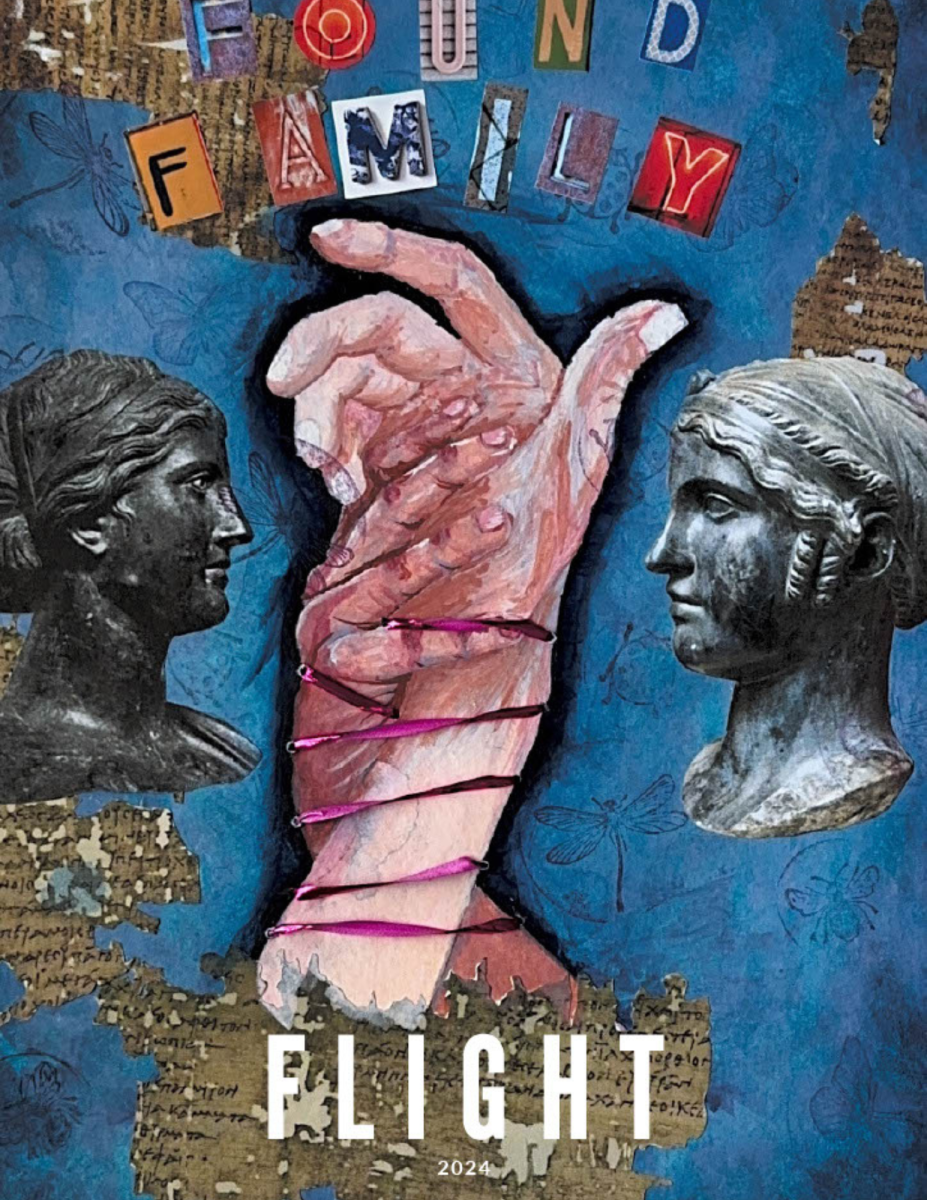


















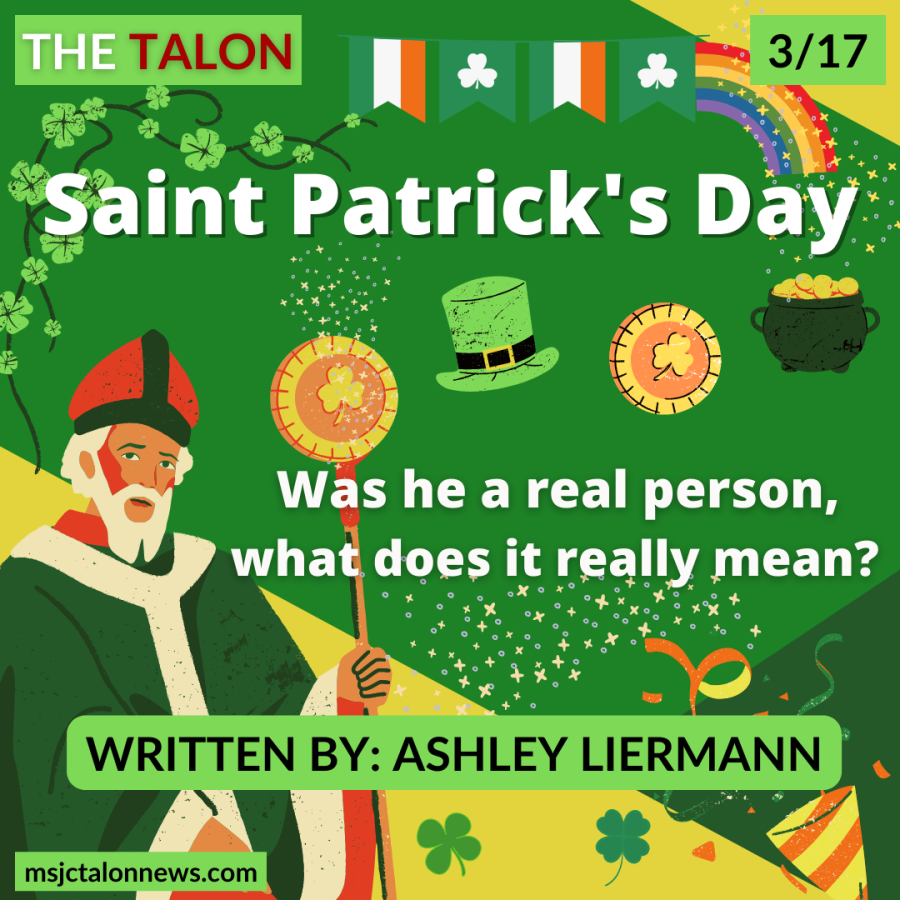
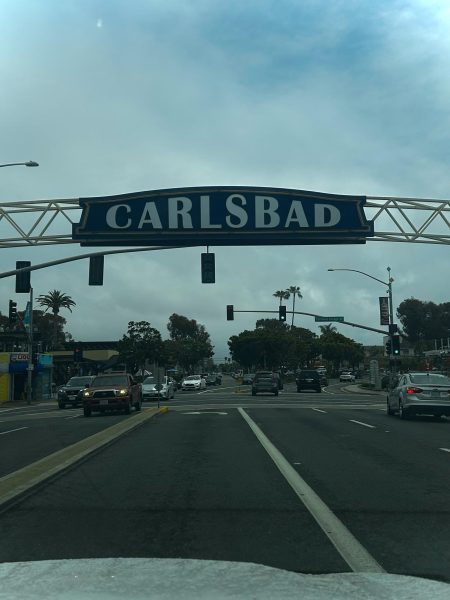

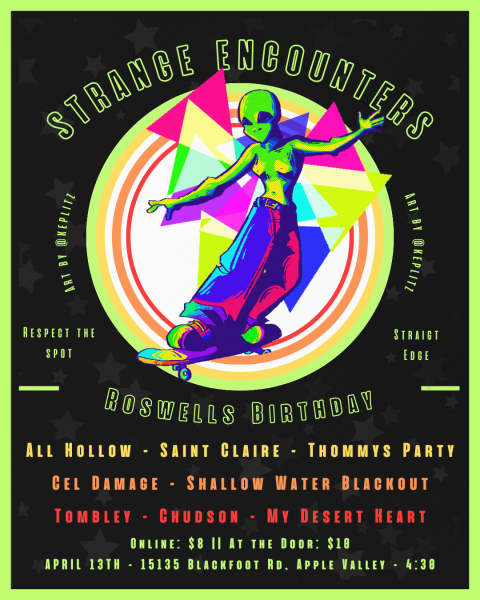







Julie • Mar 17, 2022 at 7:29 pm
Awesome article. Learned something new. Great writer keep up the awesome work
Grandma Kathy • Mar 17, 2022 at 12:46 pm
Good article!!!! Thanks for sharing it
susan weber • Mar 17, 2022 at 9:25 am
Thanks, Ashley, well done. I enjoyed it, guess I go get some corned beef and cabbage now.